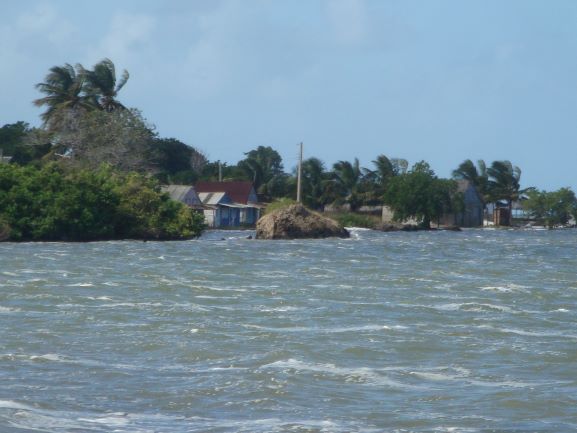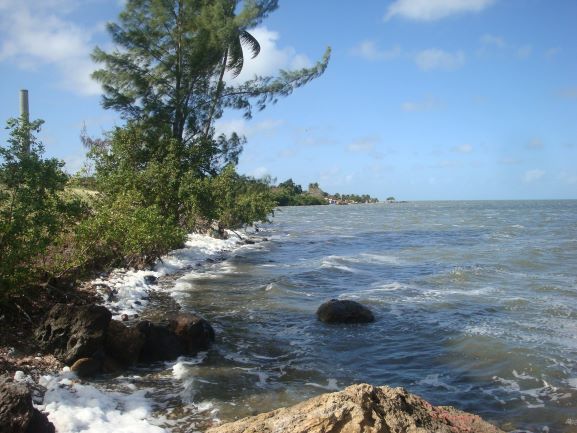
Coastal communities on the north and south coasts of the province of Ciego de Ávila will suffer partial or total effects in the medium and long term, as a consequence of the rise in mean sea level, caused by climate change, Vania Vidal Olivera, researcher of the Center for Biofood Research (CIBA) warned.
The models used by the scientific community to estimate the future climate, in different scenarios, indicate that by the year 2050 the marine waters will rise 25 centimeters and, until 2100, they could rise another 70, which will cause total or partial effects on coastal communities.
Population settlements of Punta Alegre will present damages in both scenarios; Manatí, belonging to the municipality of Morón, will be completely submerged, in the longer term; and the temporary settlement Playa de Cunagua, in the Bolivian town, will have partial damages in 2,050 and total in 2,100, Vidal Olivera, referring to studies by the Institute of Physical Planning, explained.
These are low-lying areas, like Júcaro, where damage is expected in both contexts, which confirms that the coastlines will suffer the first onslaught of climate change.

In accordance with the provisions of the Cuban State Plan to confront climate change (Life Task), in the last four years the province of Ciego de Ávila built more than a hundred houses to reduce risks and vulnerabilities in the towns of Punta Alegre and Júcaro.
Rafael Pérez Carmenate, delegate of the Ministry of Science, Technology and Environment (CITMA) in the territory, stressed that, in the first quarter of the current year, the completion of six of the 15 homes planned to be built in the territory of Punta Alegre was achieved.
The Punta Alegre community will also carry out the international project Building coastal resilience in Cuba through natural solutions for adaptation to climate change, which also includes coastal settlements in Caibarién (Villa Clara), Yaguajay (Sancti Spiritus) and Nuevitas (Camagüey).
In these areas, natural solutions will be implemented to adjust to climate change: coastal rehabilitation, creation of resilient farms, planning of actions in vulnerable communities and ecosystems, and the incorporation of the integrated approach to disaster risk reduction in local development programs, Yamilé Jiménez Peña, CIBA's Deputy Director of Investigations, highlighted.
